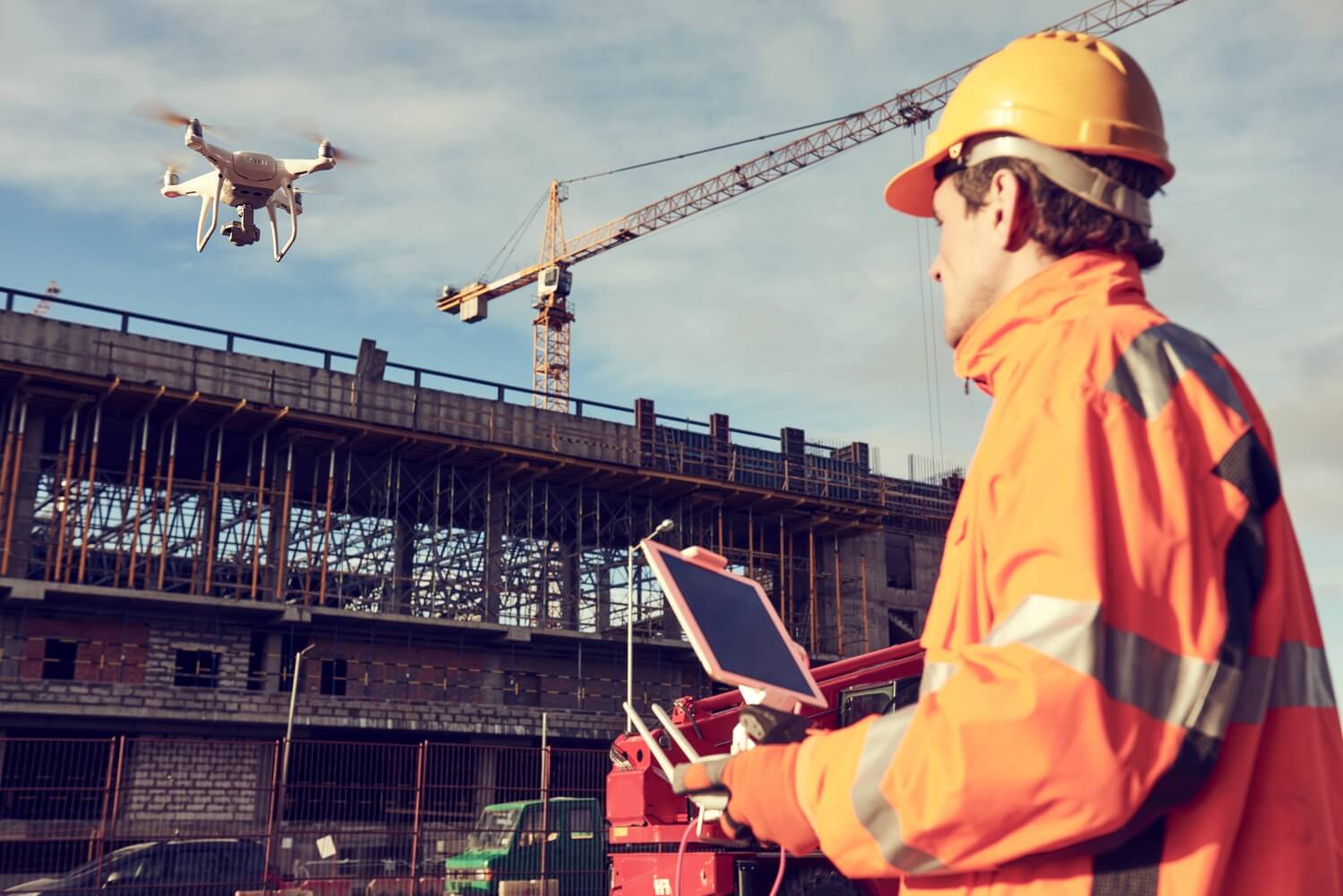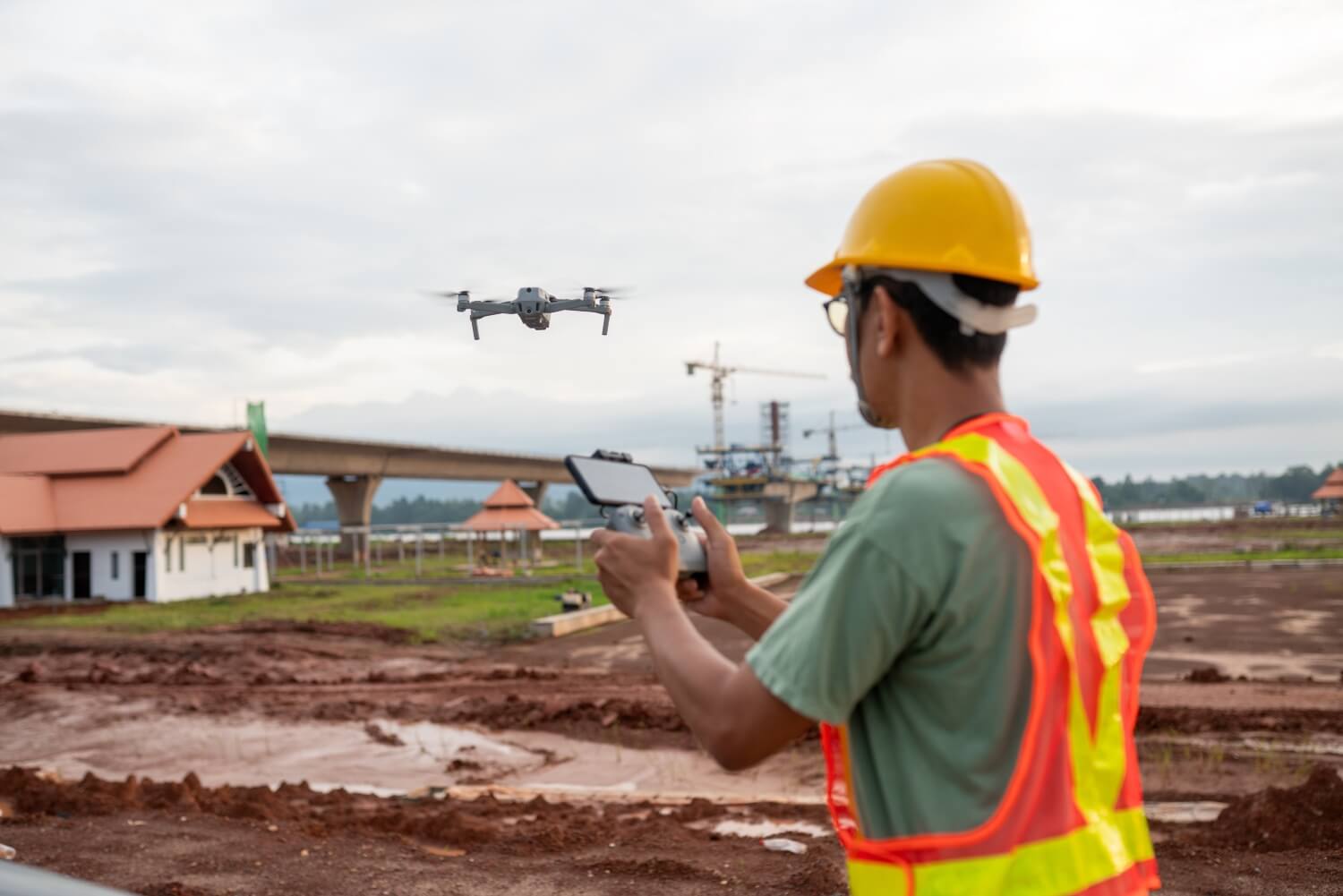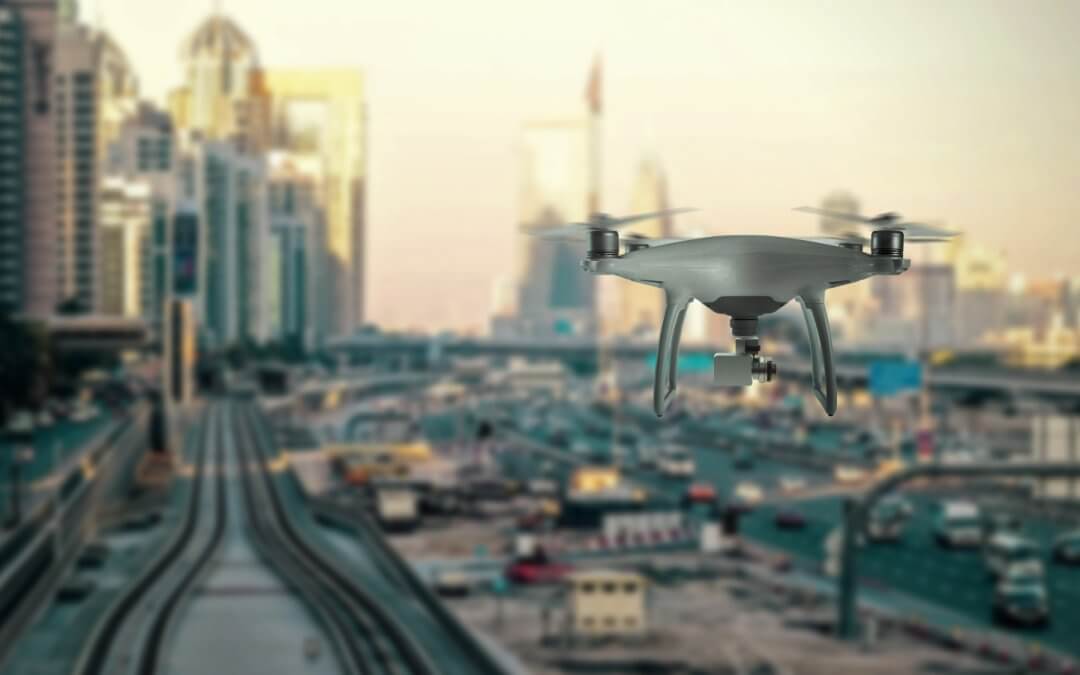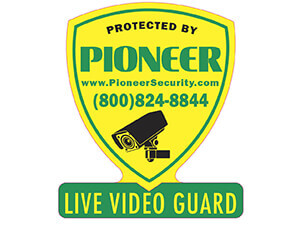Modern security challenges are no longer limited to what can be seen from the ground. Fixed-position cameras and traditional patrols offer limited visibility, especially in large or complex environments. Drone surveillance integration offers a new level of situational awareness by providing flexible, real-time aerial monitoring.
These unmanned aerial vehicles (UAVs) support ground systems by extending their reach, improving reaction time, and gathering critical data in areas that would otherwise be inaccessible or unsafe for personnel.
This blog explores how drone surveillance works, where it fits into modern security operations, and why organizations across industries are investing in aerial solutions to enhance both protection and performance.
Drone Surveillance: How It Works
Understanding the mechanics behind drone surveillance helps illustrate its impact. These systems are more than flying cameras; they’re intelligent tools with real-time data capabilities.
Autonomous and Manual Flight Control
Drones used in security can either be manually operated or programmed for autonomous patrols. Modern systems often include GPS routing, object tracking, and return-to-home features. Operators can define flight paths, set altitude limits, and monitor coverage areas through dedicated software.
-
Autonomous patrols can be scheduled to cover specific routes.
-
Manual operation allows rapid response to live threats or alarms.
-
Real-time streaming provides ground teams with instant visuals from above.
Payload Options for Surveillance
Security drones are equipped with different payloads based on their purpose. Standard surveillance tools include:
-
HD cameras for high-resolution visual monitoring.
-
Thermal imaging sensors for detecting heat signatures at night or through smoke.
-
Zoom lenses to capture distant details without flying too close.
Some advanced drones also integrate license plate readers, facial detection software, and AI-powered motion tracking.
Data Integration with Existing Systems
Drone footage and alerts can be streamed directly into a centralized security management system. This integration allows:
-
Faster decision-making through real-time aerial views.
-
Automated alert triggers based on drone detections.
-
Cross-platform coordination between cameras, sensors, and security personnel.
By combining mobility, visibility, and intelligence, drone surveillance transforms traditional ground-based monitoring into a dynamic, responsive security strategy.
Improving Large-Area Surveillance Coverage
One of the strongest arguments for drone integration is its ability to cover vast or rugged terrains. When ground-based systems fall short, drones offer a broader, more adaptable view.
Reaching Inaccessible or Hazardous Zones
Traditional cameras have fixed angles and limited range. Drones fill in the gaps by reaching:
-
Remote perimeters such as fence lines, rooftops, and isolated areas.
-
Hard-to-access infrastructure like wind farms, power lines, or rooftop HVAC systems.
-
Hazardous zones where entry might endanger human patrols.
Drones can quickly scan these areas without physical risk, saving time and protecting staff.
Real-Time Perimeter Patrols
Automated drone patrols are being used by businesses, data centers, and even municipalities to monitor boundaries efficiently. With adjustable flight paths, they:
-
Adapt to layout changes without needing hardware relocation.
-
Cover multiple sectors within a short time frame.
-
Provide visual confirmation in response to triggered alarms.
This real-time response ensures that security isn’t delayed by physical distance.
Enhanced Event Monitoring
During large public gatherings, protests, or emergencies, drone surveillance helps security teams maintain control without relying entirely on boots on the ground. It offers:
-
Crowd movement tracking from above.
-
Early detection of suspicious behavior or incidents.
-
Quick visual updates for decision-makers and responders.
For large-area surveillance, drone integration isn’t just helpful, it’s becoming essential.
Boosting Response Time and Coordination
 Corporate Campuses and Warehouses https://www.pioneersecurity.com/wp-content/uploads/2025/08/Corporate-Campuses-and-Warehouses.jpg
Corporate Campuses and Warehouses https://www.pioneersecurity.com/wp-content/uploads/2025/08/Corporate-Campuses-and-Warehouses.jpg
A key advantage of drone surveillance lies in its ability to accelerate situational awareness and response coordination. In emergencies or high-risk events, every second matters.
According to Market.us Reports, by 2034, the Global AI-Powered Virtual Assistant Market is projected to reach an impressive value of USD 154.8 billion, a significant increase from USD 10.4 billion in 2024. This rapid growth reflects a robust compound annual growth rate (CAGR) of 31.00% from 2025 to 2034.
Faster Identification of Threats
Traditional patrols or fixed cameras may take minutes to locate a threat after an alert is triggered. Drones, however, can be dispatched instantly and fly directly to the location, providing visuals within seconds.
-
Security teams don’t waste time scanning monitors or searching on foot.
-
Command centers can assess the situation faster and more accurately.
-
Actionable insights are gathered immediately, improving decision-making.
Live Feeds for On-Ground Teams
Security drones stream live footage to both control rooms and mobile units. This enables:
-
Real-time coordination between different teams.
-
Clear instructions based on visual data from above.
-
Fewer miscommunications during response operations.
This situational clarity ensures faster resolutions and safer outcomes for everyone involved.
Improved Incident Documentation
Drones also capture high-quality footage during incidents, which can be used later for:
-
Incident reports and internal reviews.
-
Insurance documentation.
-
Evidence for law enforcement or legal proceedings.
This level of documentation is difficult to achieve with static systems alone, especially during chaotic or mobile threats.
Reducing Blind Spots and Human Limitations
Drone surveillance doesn’t replace human security; it strengthens it by filling in the gaps that people and static systems can’t cover alone.
Eliminating Coverage Gaps
Even the most comprehensive camera networks have blind spots. Drones eliminate those by providing aerial overviews of:
-
Large parking lots
-
Multi-building complexes
-
Storage yards or open fields
This ensures no area goes unmonitored, regardless of how a facility is laid out.
Supporting Smaller Security Teams
For organizations with limited staff, drones act as a force multiplier. One operator can control a drone to patrol an entire facility in the time it would take multiple guards to walk it.
This boosts both efficiency and cost-effectiveness without sacrificing coverage.
Enhancing Night and Low-Light Operations
With infrared or thermal sensors, drones can fly at night and detect movement or heat signatures that human eyes and basic cameras may miss.
This allows 24/7 surveillance without relying solely on artificial lighting or risky nighttime patrols.
Practical Use Cases and Industry Adoption
The value of drone surveillance isn’t theoretical; it’s already being adopted across industries with measurable results.
Construction and Infrastructure Sites
Drones monitor perimeter breaches, track material movement, and detect unauthorized access. This prevents theft, improves safety, and helps with site audits.
Industrial and Energy Facilities
Oil fields, solar farms, and power plants use drones to monitor vast areas, check for equipment anomalies, and ensure personnel safety.
Public Safety and Emergency Response
Police departments, fire services, and disaster response teams deploy drones to:
-
Survey large-scale accidents or fires.
-
Search for missing persons in challenging terrain.
-
Monitor crowd safety during events.
Corporate Campuses and Warehouses

Businesses integrate drones with access control and intrusion detection systems to secure large or multi-site properties more efficiently.
These real-world applications highlight how drone integration leads to more brilliant, faster, and safer security outcomes.
Frequently Asked Questions
How do drones enhance security surveillance compared to traditional methods?
Drones offer real-time aerial monitoring using high-resolution and thermal cameras. They can cover broad, complex areas that are difficult or impossible to surveil with fixed cameras or ground patrols. By eliminating blind spots and operating effectively in low light or harsh conditions, drones provide a flexible layer of surveillance that traditional systems can’t match.
What role do automation and AI play in drone surveillance?
Today’s drones are equipped with AI-powered features like autonomous patrols, smart object tracking, and anomaly detection. These tools allow drones to follow preset routes, recognize threats, and respond without human oversight, reducing manual effort, increasing accuracy, and enabling 24/7 coverage without fatigue.
How does drone integration improve response times and situational awareness?
Drone systems stream live video monitoring and thermal feeds directly to security teams. This real-time data gives responders a clear understanding of what’s happening, faster than traditional methods. When an alarm is triggered, drones can be instantly dispatched to investigate, helping teams make quick, informed decisions on the spot.
What safety benefits do drones provide for security personnel?
Drones keep security teams out of harm’s way by monitoring risky or hard-to-reach areas remotely. During emergencies, natural disasters, or suspect tracking, drones reduce the need for staff to be physically present, protecting personnel while maintaining complete situational control from a safe distance.
What are the cost and operational advantages of using drones in security?
Compared to traditional security setups, drones are more cost-effective. They reduce the need for large ground teams and expensive fixed infrastructure. With minimal maintenance and easy deployment, drones scale easily and offer efficient, flexible protection for properties of all sizes.
Aerial Support for Smarter Security
Drone surveillance is redefining modern security standards. From rapid response capabilities to extensive aerial coverage, drones are changing how we monitor, protect, and respond. They fill the gaps that traditional systems can’t, delivering flexibility, speed, and Real-Time Video Monitoring across all types of properties.
Whether you’re securing critical infrastructure, overseeing significant events, or protecting commercial assets, drone integration brings eyes where they matter most. They go beyond passive observation, offering a dynamic layer of active defense.
To see how drone surveillance can elevate your protection strategy, visit Pioneer Security Services and explore customized aerial solutions built for real-world security challenges.



